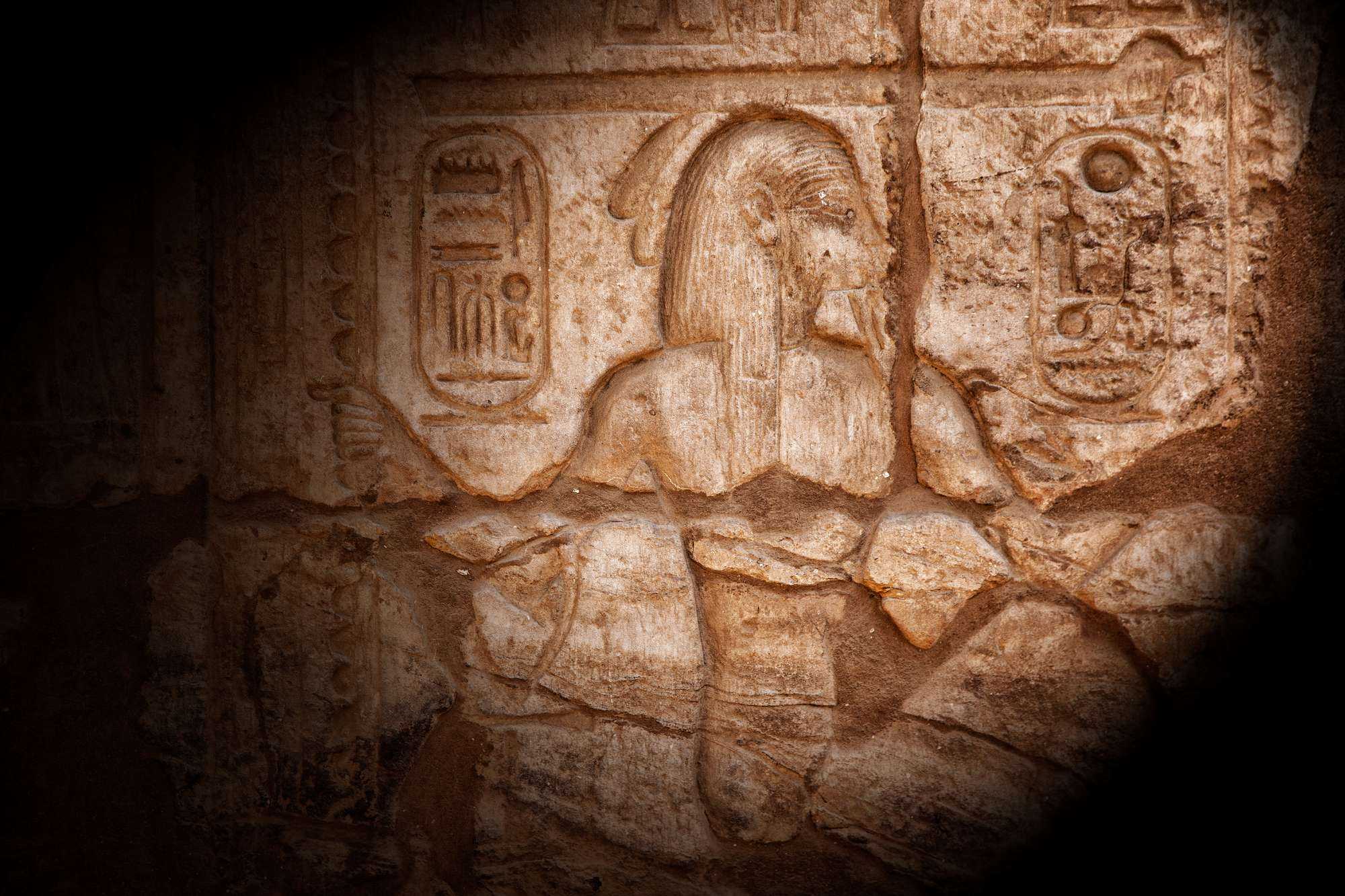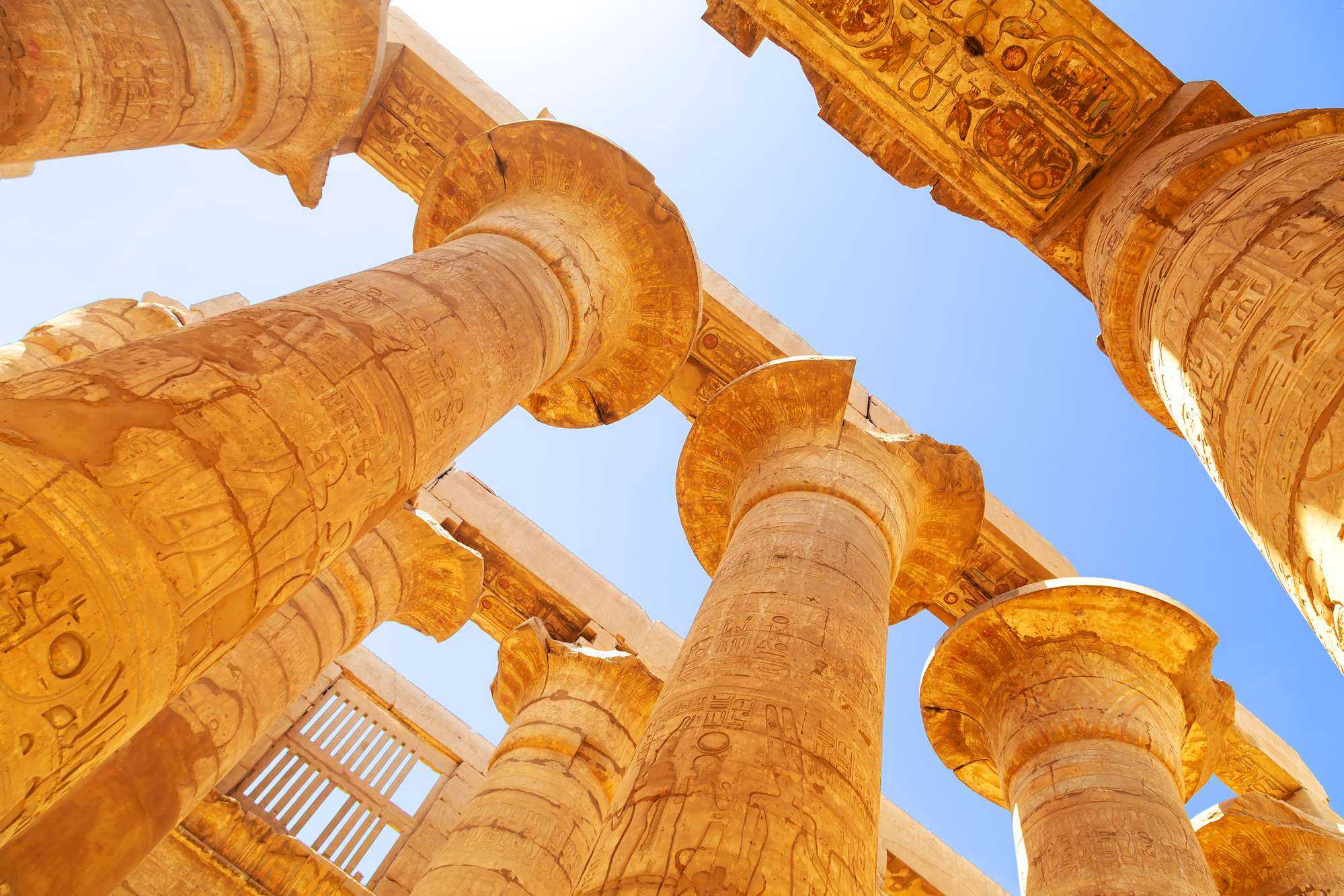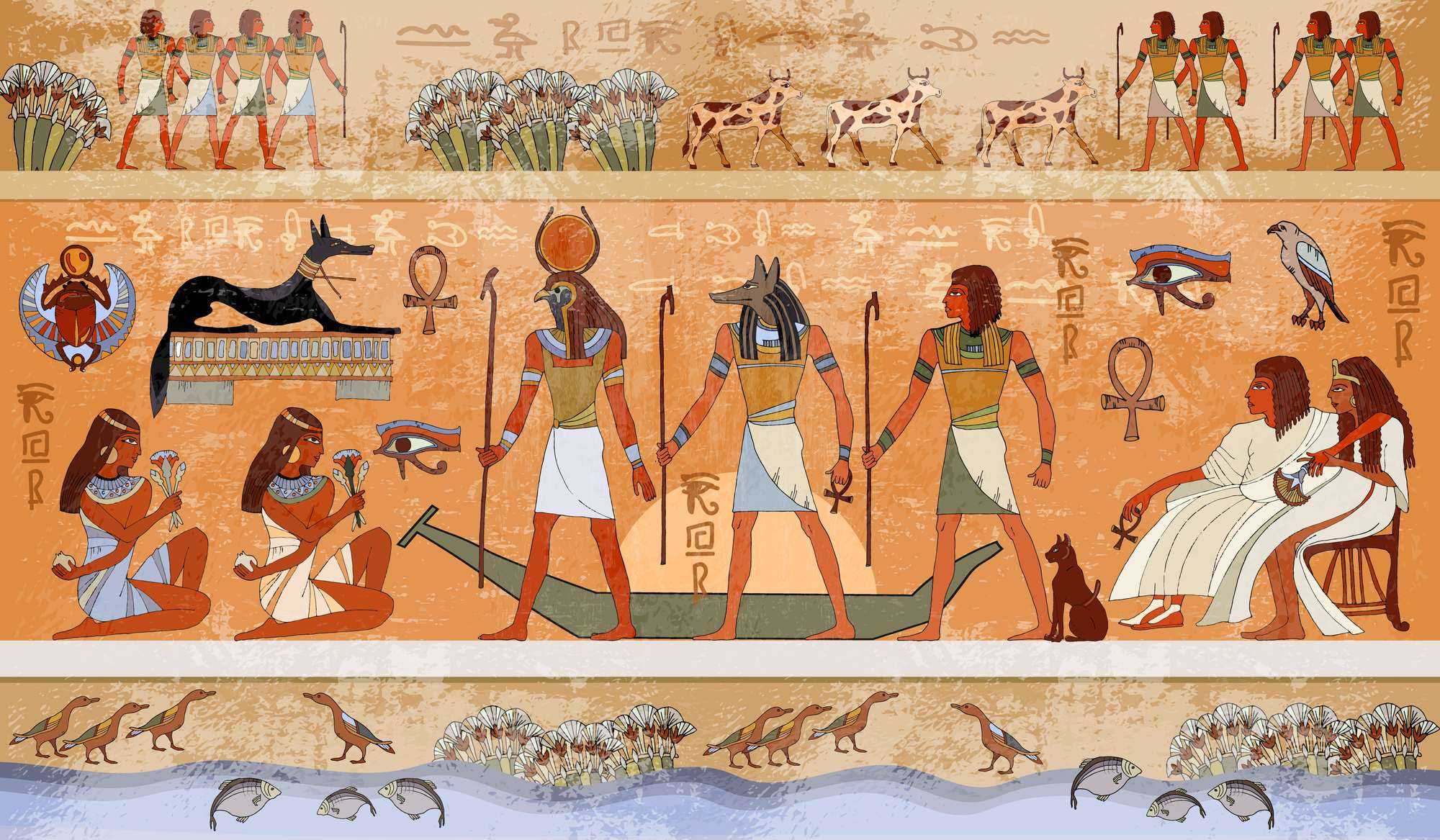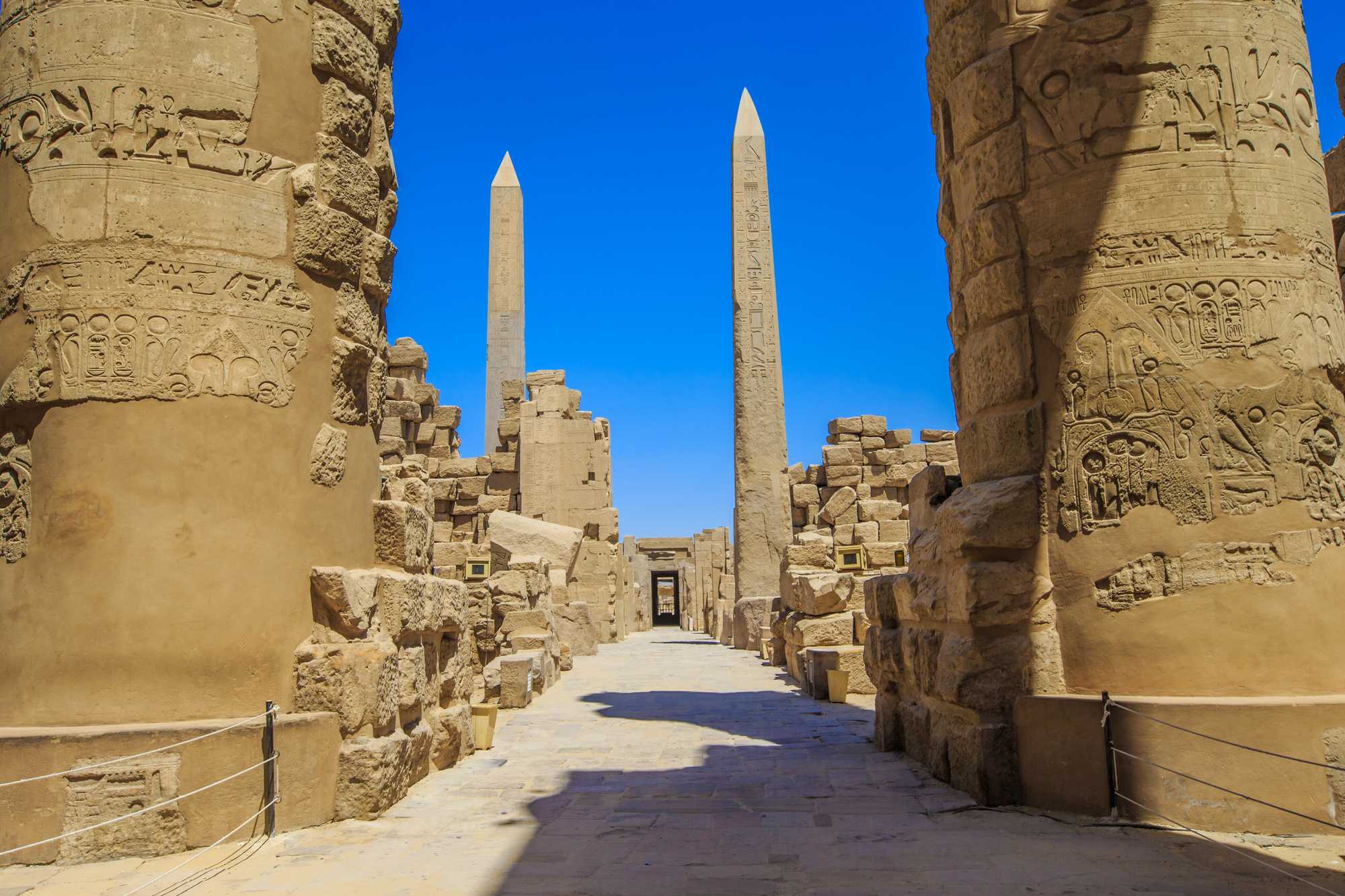BY DAVE RANKIN
The prosperity Ancient Kemet had enjoyed under the leadership of Pharaoh Hatshepsut was unprecedented. The ‘army lead on water’ with Pharaoh Hatshepsut at the helm, reconnected the nation to trade routes back into Punt.
Historian Dr. John Henrik Clarke tells us in his lecture, Black Women in History, that Pharaoh Hatshepsut also sent trade expeditions into parts of Western Asia, now known as the Middle East and as far as ‘Kali’, present day India.
When it came to revealing her architectural might, she did not disappoint. The erection of her mortuary temple shimmered whenever Ra shone his light. It was carved on the side of a mountain at Deir-el-Bahr with ‘electrum capped’ stones. A structure like this was unheard of at that time. Pharaoh Hatshepsut built more monuments than every other Pharaoh prior to her reign. Only the great Rameses 2nd erected more monuments than she did.
As much as we have witnessed that might of Pharaoh Hatshepsut’s construction program, there is one person who we need to give reverence to. His name is Senenmut.
Senenmut was born as a commoner who later rose to power during Pharaoh Hatshepsut’s reign. His official titles during her reign were “Steward of the God’s Wife” and “Steward of the King’s Daughter.” Senenmut oversaw the quarrying, transport, and erection of the tekhenu or obelisk. He is also credited with being the chief architect of Pharoah Hatshepsut’s mortuary temple at Deir-el-Bahr.
Senenmut was also the Royal Tutor to Neferure, Hatshepsut’s daughter. In the book, Hatshepsut from Queen to Pharoah, the authors state that there are ten statues that were commissioned by Senenmut. There are also numerous reports that Senenmut and Pharaoh Hatshepsut were secret lovers. Whether the claim is true or not, one thing that is for certain is that they are etched in the records of world history.
She had a list of endless supporters who showered her with enduring love. It was no wonder Tuthmosis 3rd thought she would live forever. By this time, he would have been of age to assume his position on the throne. Tuthmosis 3rd was also engaged to Neferure, the daughter of Pharaoh Hatshepsut. So his path was clear. Well, at least on paper. In reality, Tuthmosis 3rd had to be patient for his time to reign.
Pharaoh Hatshepsut was about 50 years old when she had passed of causes unknown. Buried in the Valley of the Kings under Tomb KV60, it was discovered by British Egyptologist Howard Carter in 1903. At that time the tomb was pillaged and desecrated but had contained two mummies. In 1906 Edward R. Ayrton reopened the tomb and removed one of the mummies. The removed coffin had the inscription with the name of the Royal Nurse Sit-Ra on it. There are no reports of the excavation of the second mummy. It is said that neither Carter nor Ayrton drew any maps, so Tomb KV60 was lost to all. In 1990, a team led by Donald P. Ryan and Mark Papworth reopened the tomb. They came across the mummy of Hatshepsut and recovered some pottery. However, they couldn’t identify the tomb with the 18th dynasty so they closed the tomb.
It wasn’t until 2007, that director of the Council of Antiquities Zahi Hawass led a team into tomb KV60 in search of the lost mummy. I vividly remember this, as it was a televised event at that time.
Once the mummy and a canopic box were excavated, there were a number of tests that were conducted. Hawass’ team performed a CT scan and noticed that the mummy was missing a molar. Lay within the canopic box was the missing molar and with this, the mummy of Pharaoh Hatshepsut was located. “The discovery of the Hatshepsut mummy is one of the most important finds in the history of Egypt,” Mr. Hawass said. Preserved and now on display at the museum in Cairo, Pharaoh Hatshepsut now lays as one of the greatest leaders of all time.
Rest among the imperishable stars.


 Community News2 weeks ago
Community News2 weeks ago
 Junior Contributors1 week ago
Junior Contributors1 week ago
 Community News2 weeks ago
Community News2 weeks ago
 Community News2 weeks ago
Community News2 weeks ago
 Community News2 weeks ago
Community News2 weeks ago
 Community News2 weeks ago
Community News2 weeks ago
 Community News2 weeks ago
Community News2 weeks ago
 Community News2 weeks ago
Community News2 weeks ago
























